Five machine learning types to know
IBM Journey to AI blog
DECEMBER 20, 2023
What is machine learning? ML is a computer science, data science and artificial intelligence (AI) subset that enables systems to learn and improve from data without additional programming interventions. Each type and sub-type of ML algorithm has unique benefits and capabilities that teams can leverage for different tasks.






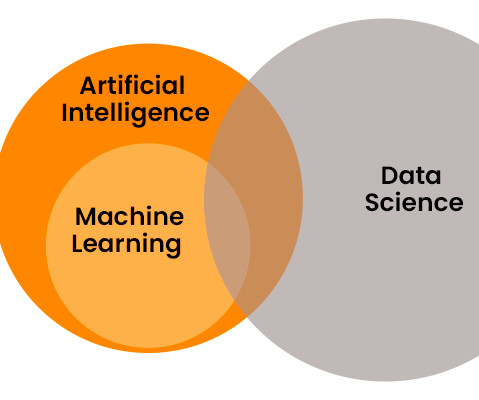



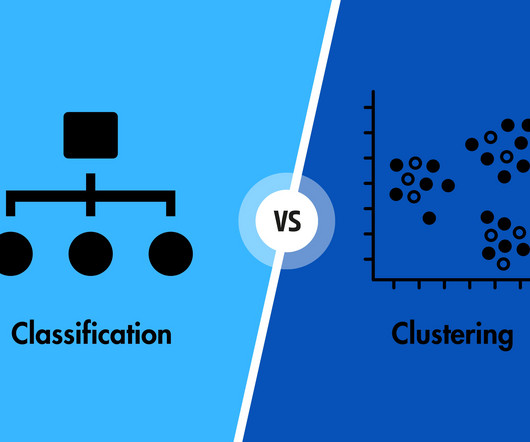
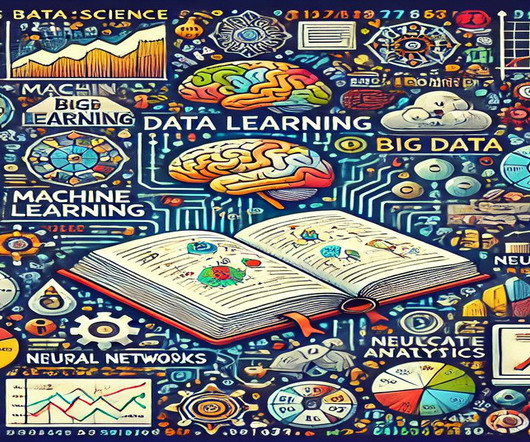
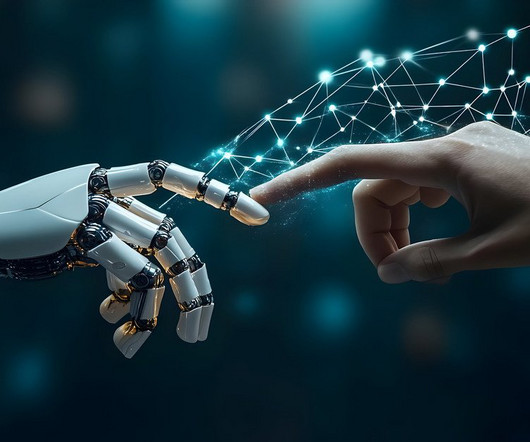
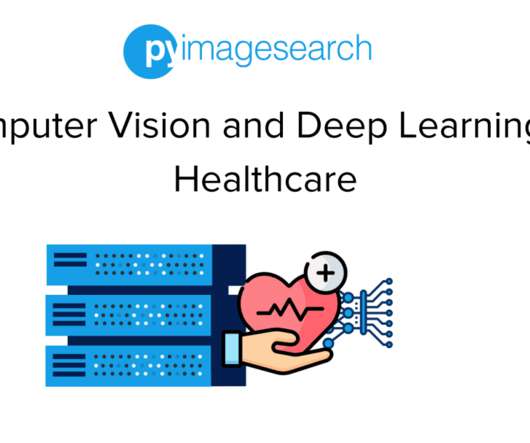







Let's personalize your content